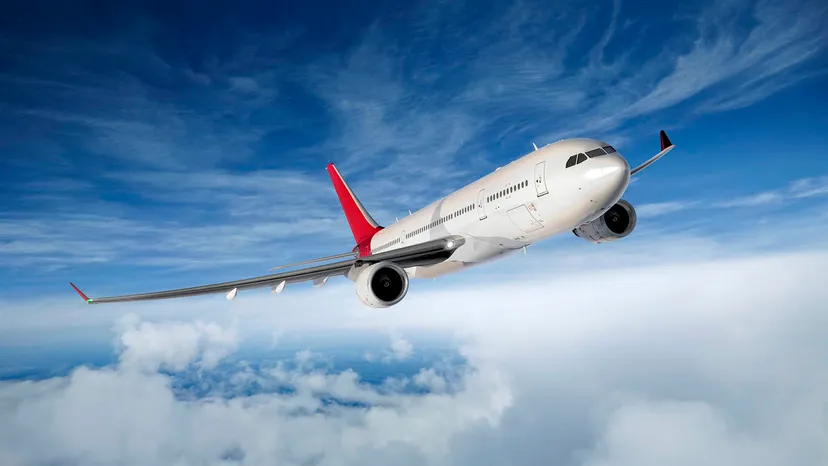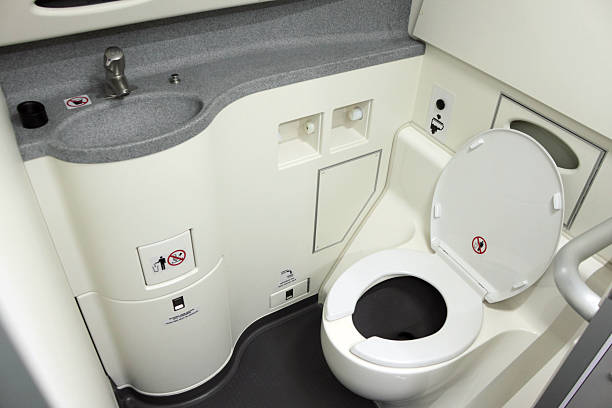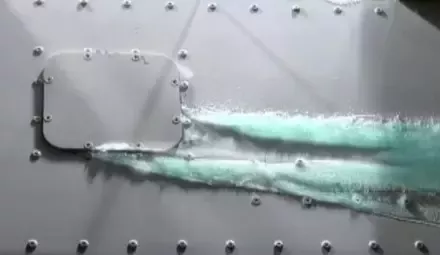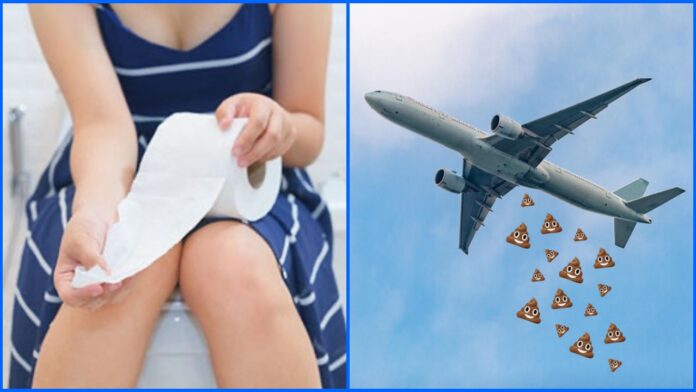Have you ever pondered the mysterious journey of your waste when you flush it down the toilet aboard an airplane? The ins and outs of the aviation world are fascinating, and that includes the unique trajectory of your in-flight bathroom business. Join us as we look into the intriguing process of what happens to your poop at 30,000 feet, taking you on a journey beyond the clouds to explore the unseen world of aviation sanitation. Get ready for a turbulence-free tour of the skies’ bathroom secrets!

Behind the Scenes
The waste and blue cleaning solution are directed to a storage tank located beneath the aircraft’s floor at the rear of the cargo hold. Given the considerable restroom usage by passengers, the storage tank is sizeable. The mechanism is comparable to household vacuum cleaners used for floor cleaning. Similar to how vacuumed dirt goes into a container, airplane toilets rely on a vacuum pressure system. This system transports waste from the toilet through plumbing pipes, ultimately reaching the storage tank.

A valve on the storage tank opens during a toilet flush and closes when the toilet is inactive, preventing odors from escaping. This feature aims to mitigate the odors resulting from numerous passengers using the toilet during a flight. The addition of a blue chemical further contributes to odour control.
Disposal Process After Landing
Upon landing, a specialized truck arrives at the aircraft, attaching a hose to extract both waste and the blue cleaning chemical into a storage tank on the truck. The hose is connected to the airplane’s waste tank valve, facilitating the transfer of all waste into the truck’s tank. Subsequently, the truck transports the waste to a designated airport area allocated for airplane waste. Here, the toilet waste is discharged into the airport’s sewer system. The training period for operating the truck spans three days.
Potential Leaks and Frozen Waste
There have been reports, especially with older planes, of potential leaks from the valve where the waste truck connects to the aeroplane. In colder temperatures at the normal cruising altitude of 30,000 feet (around -56°C), the leaked waste and blue chemical can freeze, forming what is known as “blue ice.” This frozen residue stays attached to the plane as long as the temperature remains below freezing.
As the aeroplane descends for landing, the blue ice begins to thaw and might even fall off. There have been instances reported in the news where observers witnessed this phenomenon, colloquially referred to as “flying poo.”

Contrary to speculation, the captain of the plane does not have a button to intentionally release waste from the storage tank during flight. Any leakage would be entirely accidental.
Additionally, some people mistakenly believe that aeroplane contrails (the white lines sometimes seen in the sky) contain special mind-control chemicals or toilet waste. In reality, these lines are composed of water vapours from the engine that turn into ice crystals, creating a thin cloud-like appearance in the sky.
Possibility of Blocking an Airplane Toilet
While it’s not a common occurrence, causing a blockage in an airplane toilet can render it unusable for the duration of the flight. Unfortunately, there is no established procedure for resolving a clogged lavatory mid-flight, and it requires servicing on the ground. Consequently, when such an issue arises, the toilet is deemed “out of service” until the aircraft lands and maintenance can address the obstruction.
Hygiene of Airplane Toilets
Airplane toilets undergo cleaning and sanitation by contracted cleaners after each flight, similar to the cleaning process of household toilets. Cleaning crews equipped with mops, brushes, disinfectants, and other tools ensure the cabins and lavatories are maintained to hygiene standards.
Read more: Kapil Dev lends his supports to Babar amid severe criticism all around











